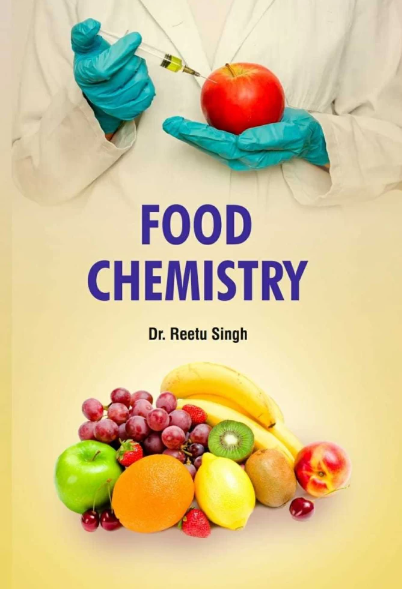皮肤接触对抗性品种白葡萄酒挥发性成分和感官特性的影响
IF 8.5
1区 农林科学
Q1 CHEMISTRY, APPLIED
引用次数: 0
摘要
本研究考察了不同发酵前和发酵后浸渍时间对PIWI (Pilzwiderstandsfähige)葡萄品种酿造白葡萄酒的化学和感官特性的影响。根据浸渍的时间和阶段,葡萄酒的挥发性特征显著改变。发酵前浸渍的葡萄酒显示出萜烯和酯类含量的显著增加,发酵后浸渍的葡萄酒导致氧化和老化化合物的增加。投影图揭示了不同时间和浸渍阶段的葡萄酒之间的差异。发酵前浸渍酿造的葡萄酒具有花香、柑橘和白色水果的特点,并具有典型的品种香气。发酵后浸渍酿造的葡萄酒表现出更复杂的特征,如蜂蜜、杏仁、新割的草和杏的味道。这些结果为开发具有独特感官特性的葡萄酒的酿酒实践提供了基础。本文章由计算机程序翻译,如有差异,请以英文原文为准。

Impact of skin contact on the volatile composition and sensory properties of white wines from resistant varieties
This study investigates the effect of different pre- and post-fermentation maceration durations on the chemical and sensory characteristics of white wines made from PIWI (Pilzwiderstandsfähige) grape varieties. The volatile profile of the wines was significantly altered, according to the time and stage of maceration. Wines made with pre-fermentation maceration showed a notable increase in the levels of terpenes and esters, and wines from post-fermentation maceration resulted in an increase in oxidation and aging compounds. Projective mapping revealed distinctions in the wines as a function of time and stage of maceration. Wines made with pre-fermentation maceration exhibited floral attributes, citrus and white fruits, and typical varietal aromas. Wine made with post-fermentation maceration showed more complex attributes, such as notes of honey, almonds, freshly cut grass, and apricot. These results provide a basis for developing oenological practices that can contribute to the production of wines with distinct sensory identity.
求助全文
通过发布文献求助,成功后即可免费获取论文全文。
去求助
来源期刊

Food Chemistry
工程技术-食品科技
CiteScore
16.30
自引率
10.20%
发文量
3130
审稿时长
122 days
期刊介绍:
Food Chemistry publishes original research papers dealing with the advancement of the chemistry and biochemistry of foods or the analytical methods/ approach used. All papers should focus on the novelty of the research carried out.
 求助内容:
求助内容: 应助结果提醒方式:
应助结果提醒方式:


